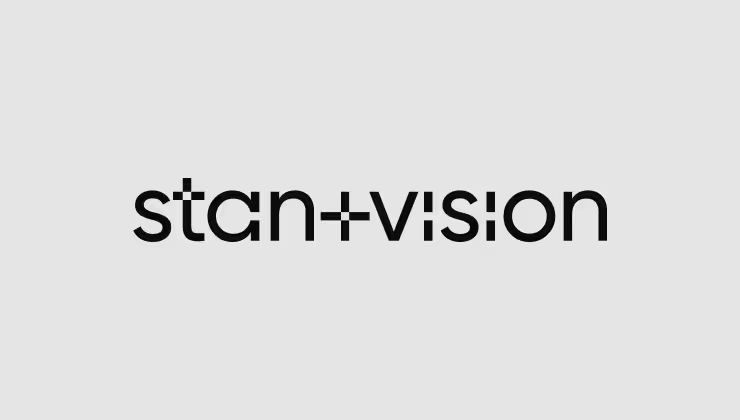Are you taking your business out there in the digital world and trying to find the right way to establish a compelling online presence?
In today's heavily digital world, a visually captivating and seamlessly functional website is the cornerstone of success. With numerous web design companies and professionals making the right choice for your new website can seem like a tedious task. Worry not, because some basics can point you in the right direction!
What Does a Web Design Agency Do?
A web design agency serves as a strategic partner, employing a team of skilled professionals who specialize in creating visually appealing, functional, and user-friendly websites. By using their expertise in design, user experience (UX), and technology, a web design agency assists businesses in effectively engaging with their target audience in the digital world and reaching their goals.

Benefits of Working with an Agency
The right web design can make or break a business online, differentiating it, engaging users, and fostering meaningful interactions. One of the prominent advantages of collaborating with a web design agency instead of a freelance deisigner is the holistic support they provide throughout the entire process.
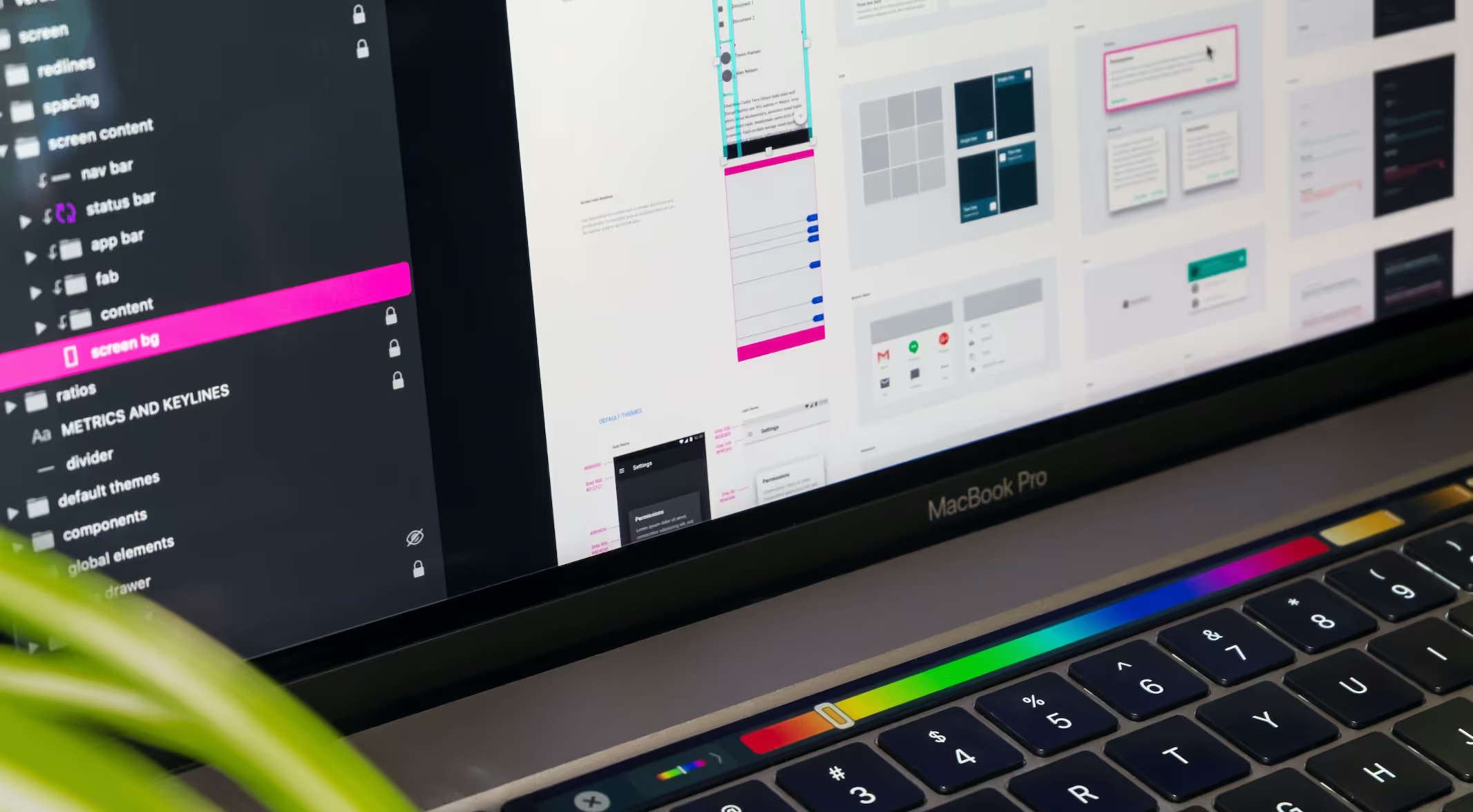
By working with a good web design agency, businesses gain access to a team of professionals who possess diverse skills and experiences. These teams typically include web designers, UX/UI experts, developers, content strategists, and project managers. This collaborative approach ensures that every aspect of the website, from its visual aesthetics to its technical performance and search engine optimization.
Top web design agencies can offer insights into current design trends, user behavior, and effective digital marketing strategies that align with a business's objectives.
Web design agencies also have the tools and resources necessary to tackle complex projects from the initial conceptualization to the final launch and beyond. These agencies offer comprehensive services that include design, development, testing, and ongoing website maintenance.
How the Right Web Design Can Impact Your Business
A well-crafted website has the power to reshape your business's online presence. It serves as a unique digital storefront that stands out in the crowded online landscape. Through creativity and flexibility, a tailor-made design not only captivates users but also ensures a seamless UX, making it a tool for attracting, engaging, and retaining customers. Branding in web design is important fro all brand elements to come together and carry the brand’s vision.
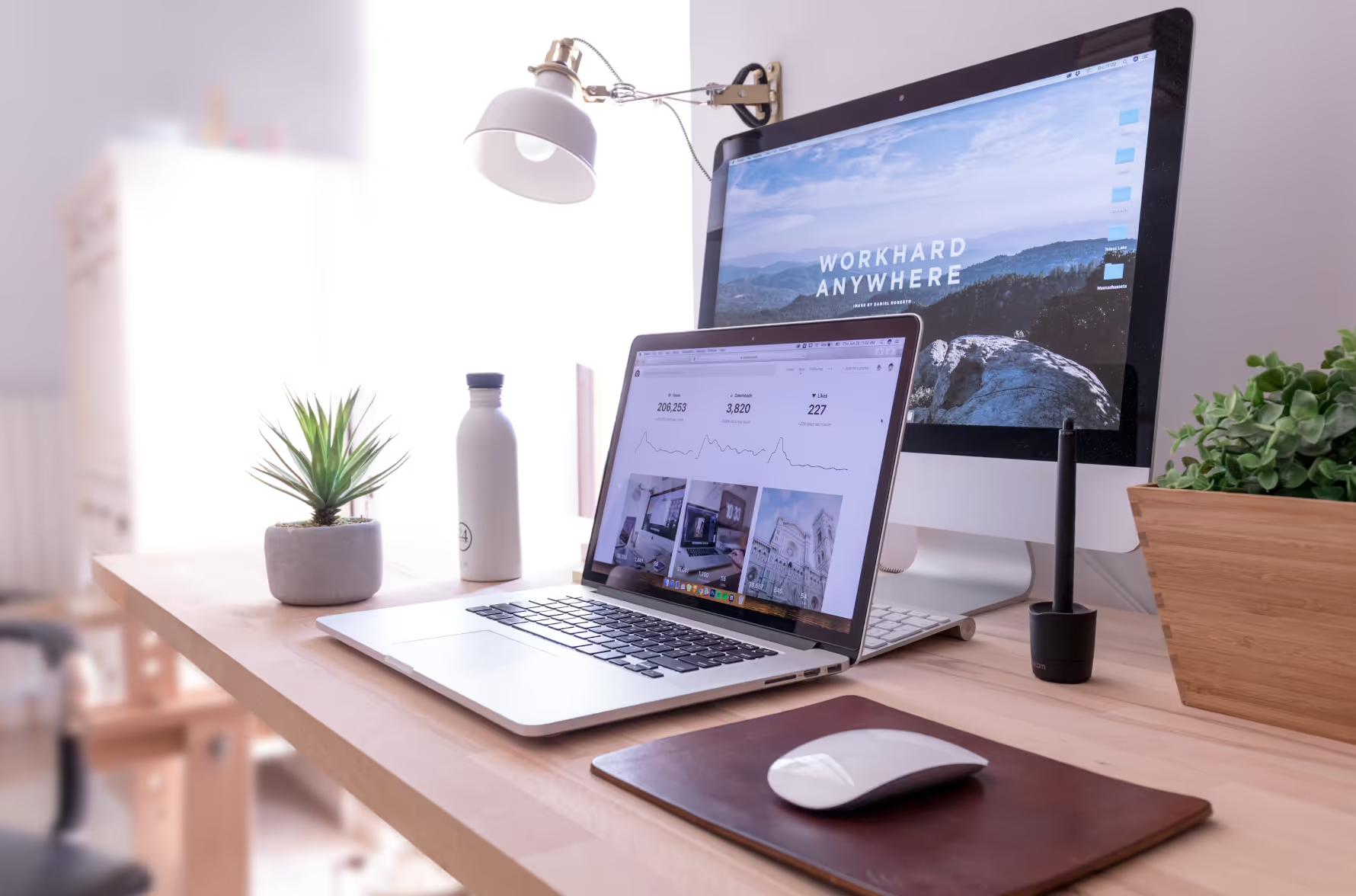
How to Choose the Right Web Design Agency in 9 Steps
Finding a top-notch web design agency can be quite a challenge, yet once you discover the right one, it becomes an invaluable asset in your company's arsenal.
We've prepared a 9-step guide on what to do to get yourself and your business a web design agency that gets the job done.
Step 1: Define Your Goals and Requirements
In the quest to select the ideal web design agency, there’s an important first step - define the goals and requirements of your business.
Defining goals and requirements lays the foundation for the agency's role in achieving business goals.
Having a clear roadmap for the website's purpose and functionalities serves as a guiding light for ongoing goals, improvement strategies, and the measurement of progression. By establishing specific criteria and setting deadlines, businesses ensure a focused selection process that aligns with their objectives.
Understanding the target audience allows the agency to resonate with the business's target demographic and create an engaging user experience (UX) that aligns with user expectations.

With the established objectives in mind, businesses should outline the specific essential features and functionality needed to match their vision. They can include e-commerce based business page for an online store, appointment scheduling for a service-based business, interactive forms for lead generation, and responsive design for optimal performance across devices.
Step 2: Research Potential Agencies Online
Conducting comprehensive online research to evaluate agencies' portfolios, client reviews, and design practices could help define business goals and requirements and create a better understanding of the industry to match expectations.
Diving deeper into an agency's industry experience is also key. Understanding the types of businesses they've worked with and the challenges they've tackled highlights their suitability for a specific project.
Portfolio and case studies stand as a window into an agency's technical proficiency - how well they handle responsive design, interactive elements, and other modern functionalities. Past projects showcase the range of industries and the diversity of design styles they can adapt to.
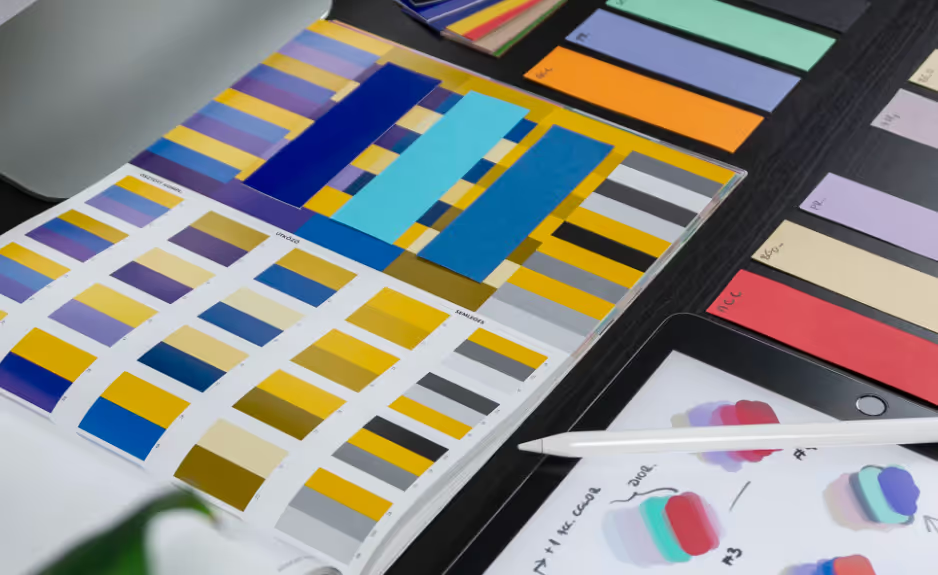
Client testimonials and online reviews offer firsthand insights into an agency's professionalism, communication, and ability to meet expectations. Evaluating both positive and constructive feedback can provide perspective on an agency's strengths and areas for improvement.
A top web design company would usually keep its finger on the pulse of evolving design practices and incorporate these trends into its work. An agency's ability to infuse these trends into its projects showcases its commitment to stay relevant and offer cutting-edge solutions.
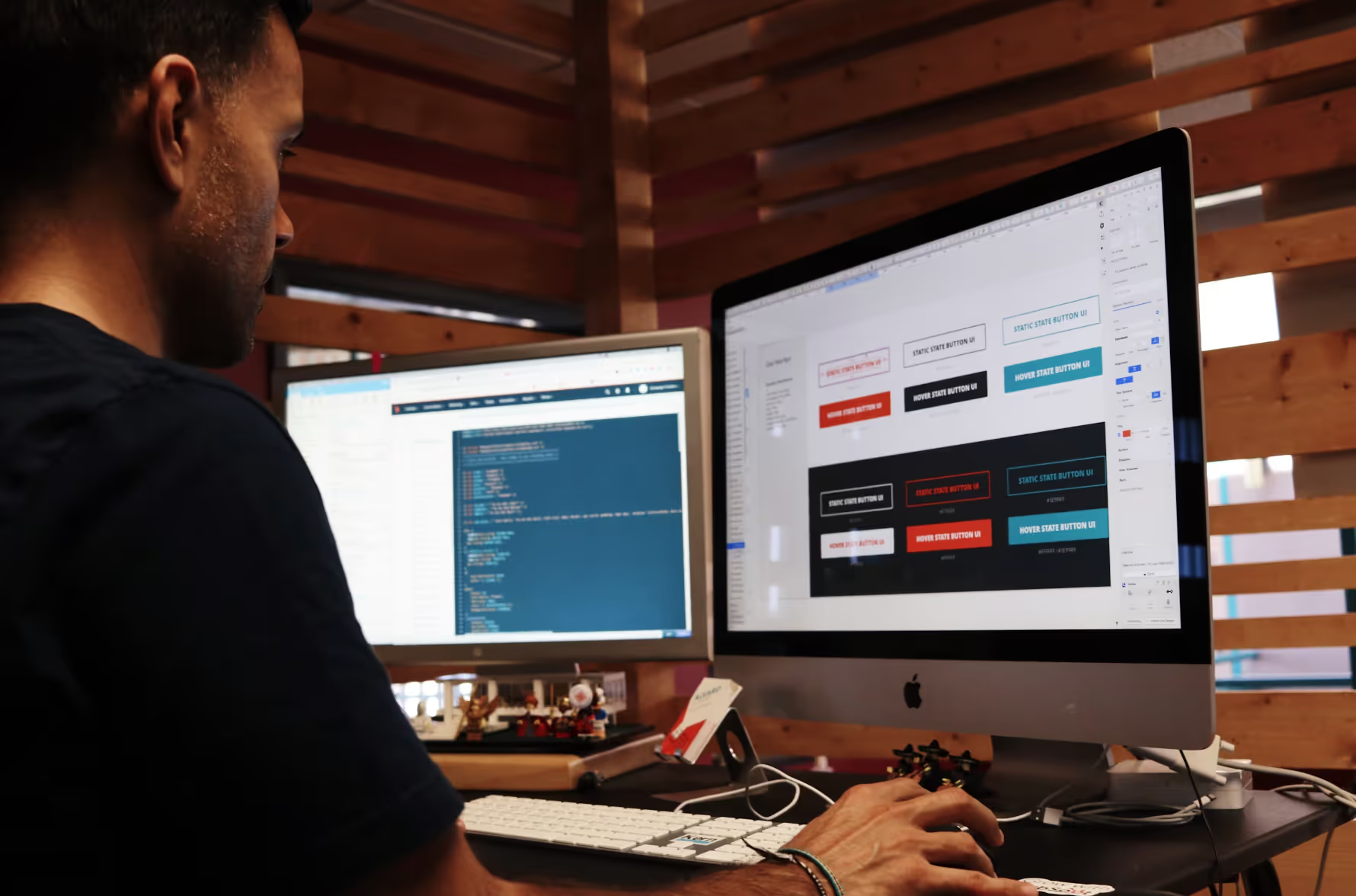
Step 3: Assess Expertise and Experience
A website design agency would usually showcase their expertise and experience in a clear way that presents work in different industries, track record of projects and the structure of their team.
An agency's familiarity with a diverse range of industries indicates adaptability and the capacity to cater to various business needs. Examining their portfolio of projects within similar domains provides insights into their proficiency in creating solutions that resonate with specific audiences and goals.
A web design agency that has been in business “for a while” often suggests a certain level of expertise and the ability to withstand industry shifts.
The depth of knowledge that team members bring to the table plays a vital role in project execution. A team of designers, developers, UX/UI experts, and project managers ensures a multidisciplinary approach to problem-solving, resulting in a well-rounded and comprehensive final product.
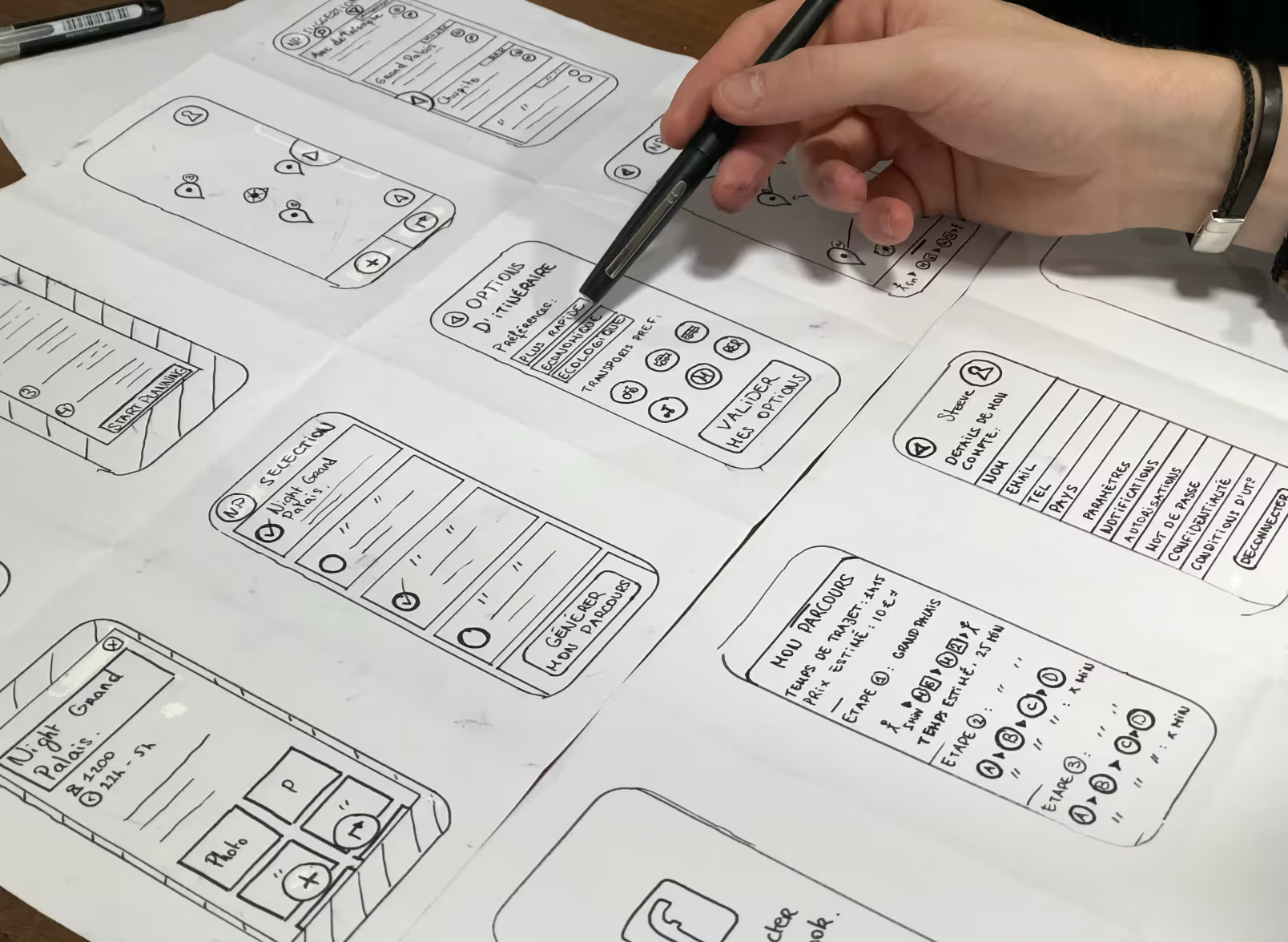
Step 4: Evaluate the Design Process
Examining an agency's design approach and methodology design processes offers a peek into how they conceptualize, iterate, and refine ideas to translate them into visually appealing and functional websites.
Collaboration and communication practices are crucial for the alignement of a project. Setting up communication channels, regular updates, and a transparent feedback loop contribute to the creation of a website that resonates with the client's brand identity and goals.
A flexible approach that takes into account the specific requirements of the business ensures a tailor-made solution. In a digital landscape characterized by diverse devices, responsive design becomes like a key consideration.
A web design partner that prioritizes responsive design guarantees that the website functions seamlessly across various devices and screen sizes. This not only enhances user experience but also maximizes reach and engagement, as visitors can access the site without hindrances, regardless of the device they are using.
Step 5: Consider Budget and Pricing
Defining budget limitations and aligning them with pricing considerations is important when selecting a prospective web design agency. Setting a budget prior to approaching designers allows for a focused and efficient search that takes into account financial constraints. While it might be tempting to opt for the lowest-priced agency, it's equally important to avoid compromising on quality.
It's important to be aware of the potential risks associated with both low-priced and high-priced agencies. Low-priced options might lead to deficient results or additional hidden costs, while high-priced agencies might not provide equivalent value.
Requesting detailed project quotes and cost breakdowns sheds light on what is included within the offered packages, allowing business owners to comprehend the value they receive for the specified pricing.
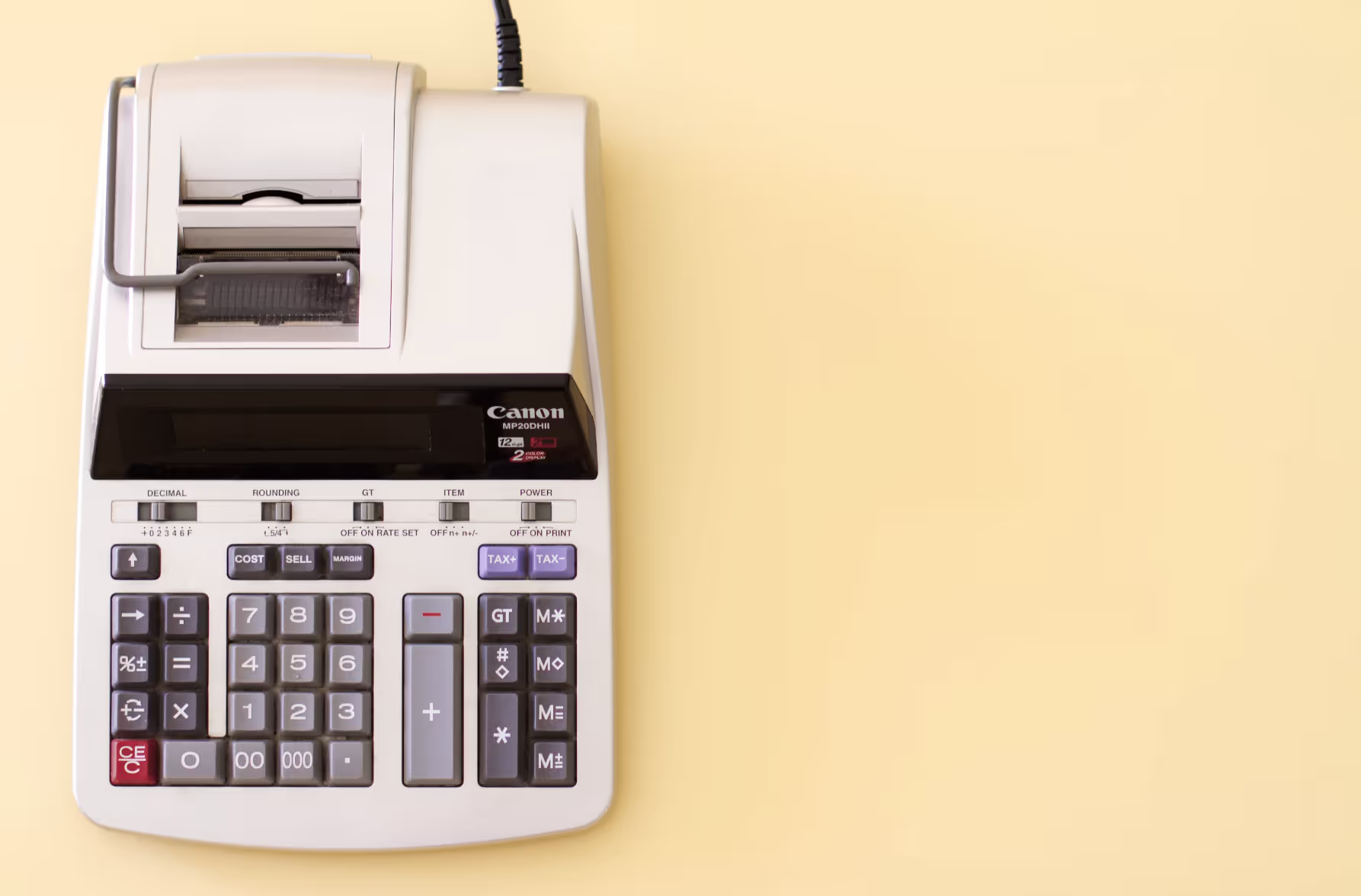
Step 6: Consider Additional Services
Analyzing the range of additional services provided by the agency is crucial as it reflects their commitment to providing holistic solutions. One of the key aspects in this context is ongoing maintenance and support for the website. An example for that would be post-launch support as websites require continuous attention to ensure they remain functional, secure, and up-to-date.
Exploring options for ongoing maintenance and support involves examining the agency's offerings in terms of bug fixes, security updates, and updates to content and functionalities. The ability to engage in a custom support plan tailored to the business's needs ensures that the website remains optimized and responsive to any issues that may arise.

Step 7: Discuss Timelines and Deadlines
A thorough conversation about timelines and deadlines with the chosen agency helps establish concrete criteria for project milestones and completion dates provides multiple benefits. It not only creates a sense of professionalism and reliability but also ensures a seamless payment process, with clear expectations for progress-based payments.
Factors such as unforeseen technical glitches, design revisions, or external dependencies might impact the project's timeline. This is where proactive communication and transparency from the agency in the event of such delays contribute to maintaining client trust and understanding.
Contingency plans are often included in a agency’s offer. They involve buffer time for unforeseen issues, streamlined communication protocols to address challenges, and a collaborative approach to decision-making to help overcome any roadblocks.

Step 8: Seek Clear Communication
Choosing an agency that demonstrates responsiveness, transparency, and effective communication ensures that the design team comprehends the business's vision and can translate it into a visually appealing and functional website.
Encouraging a collaborative environment makes it easier to address any concerns, revisions, or modifications that might arise during the project's lifecycle.
Establishing clear guidelines on who handles specific aspects of the project, who is responsible for approvals, and who serves as the main point of contact lowers the risk of misunderstandings.
Step 9: Arrange a Consultation or Interview
A live consultation, whether it’s on site or online should be the final step i making a final choice. It can top up all the aspects discussed above and seal the deal or completely change the impression a business owner has built.
An open conversation with the web design company about their own site, design philosophy, project management strategies, and their ability to handle challenges helps evaluate their compatibility with the project's specific requirements.
The level of engagement they display reflects their commitment and passion towards creating a website that resonates with the business's vision. Agencies that demonstrate genuine curiosity and excitement about the project are more likely to invest their expertise and creativity in the web design process.
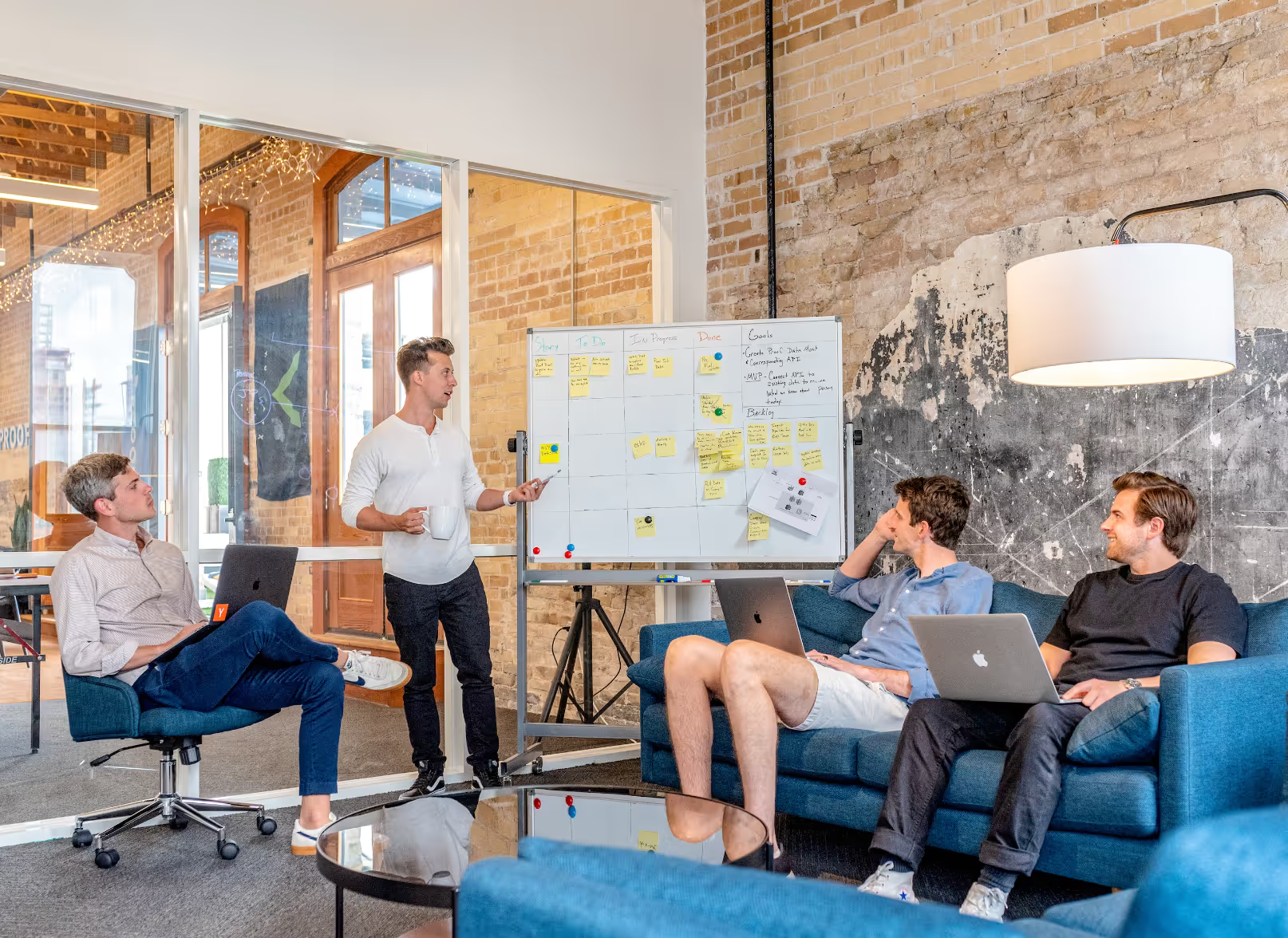
10 Questions You Should Ask to Find a Good Web Design Agency
A good web design agency would probably stand out already after your first Google search because they would know the importance of using search engines in their favour. However, choosing the perfect fit from all web design companies shouldn't be based on the looks of their website's design, decisions would be best based on a balanced approach during research. Additional assets like a separate mobile version of their own website, a good amount of Google reviews or a free consultation are signs of a holistic business model, not only based on web development skills.
Whether you're doing extensive research on your own or you'd meet up with a company representative to discuss potential work further, it's important to dive deep into a company's background to figure out their whole process.

Here's a quick cheat sheet that will help you determine if an agency’s the right fit:
- Do you have experience with similar companies?
- Can you tell us more about a specific case and its results?
- What are your ongoing website support services?
- Can you keep us involved in the content management system? Which CMS are you using?
- Do you have any specific recommendations for our business?
- How can we track our website performance?
- How are we going to communicate during the website development process?
- How much time would you need for the execution?
- Can you provide a budget breakdown?
- What members of your team are going to be involved?
Work With Us
Bad web design stops visitors from converting to customers. Show your product’s value with the full-scale design treatment by StanVision - from discovery and brief to sketch, wireframes, design, and delivery.
Our process and simple and has stood the test of major industry changes.
First, we get to know you and your business. Then we research your target audience and market. We determine and suggest how to fix the weak points of your product’s website and improve the way you pitch your business to the right customers.
Hold up, the design isn’t done until it’s validated through our comprehensive user testing. We don’t design using personal opinions - we prototype, test, and improve using real user data.
FAQ
What to look for when choosing a design agency?
When choosing a web design agency, consider factors like their portfolio, industry expertise, client feedback, communication process, budget and timeline, post-launch support, and transparency in reporting and analytics. These aspects will guide you in making an informed decision.
How do I know if my web design agency is good?
To evaluate the quality of your web design agency, consider factors such as their reputation and referrals within the industry, portfolio, design aesthetics and user experience. Ensure they offer ongoing support and transparent client communication and monitor the results your website achieves, including increased traffic, engagement, and conversions, as they are tangible indicators of a website's success.
What are the signs of bad website design?
Signs of bad website design include slow loading times, unresponsiveness to various devices, cluttered layouts, outdated aesthetics, confusing navigation, broken links, grammar errors, ineffective CTAs, lack of contact information, dense text blocks, excessive pop-ups and ads.


